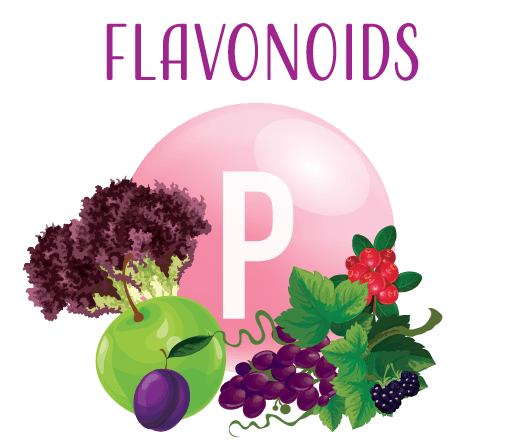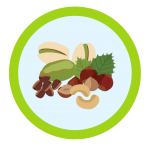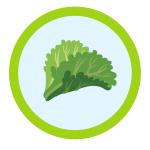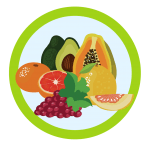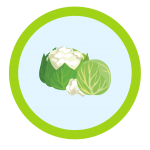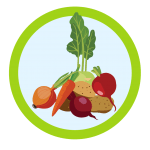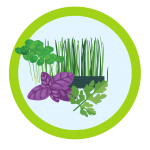The Health Benefits and Diversity of Flavonoids.
Flavonoids are a diverse group of plant secondary metabolites commonly found in fruits, vegetables, tea, and wine. There are six main types of flavonoids: flavones, flavonols, flavanones, flavan-3-ols, anthocyanins, and isoflavones.
Flavones are a subclass of flavonoids with a keto group on the C4 carbon of the C-ring. They are found in herbs such as parsley and celery.
Flavonols are characterized by the presence of a hydroxyl group at the C3 position of ring C and a double bond between C2 and C3. They are abundant in fruits, vegetables, and tea.
Flavanones are a subclass of flavonoids with a ketone group at the C4 position. They are found in citrus fruits.
Flavan-3-ols are also called catechins and have a hydroxyl group at positions 3 and 4 on ring C. They are present in tea and cocoa.
Anthocyanins are responsible for the red, purple, and blue colors of fruits and vegetables.
Isoflavones are structurally similar to estrogens and are found in soybeans.
One of the main roles of flavonoids is their antioxidant activity. They help to protect the body from damage caused by free radicals and reduce inflammation. This can help prevent chronic diseases such as heart disease, cancer, and diabetes. Flavonoids also have anti-inflammatory properties, which can help reduce the risk of inflammatory bowel disease and arthritis. They have also been shown to support brain health and improve cognitive function.
Different types of flavonoids have different health benefits. For example, quercetin is known to improve cardiovascular health, luteolin may help prevent cancer, and apigenin may have a calming effect on the brain.
